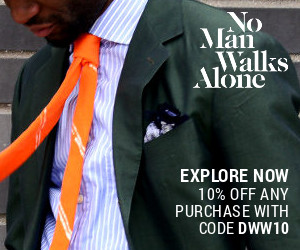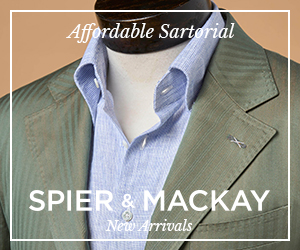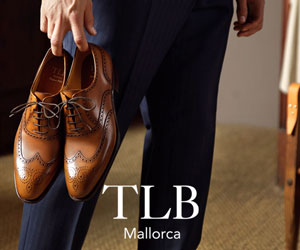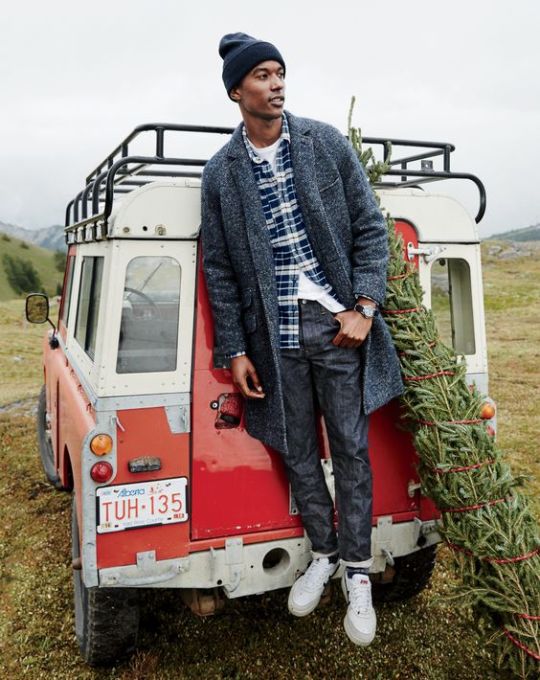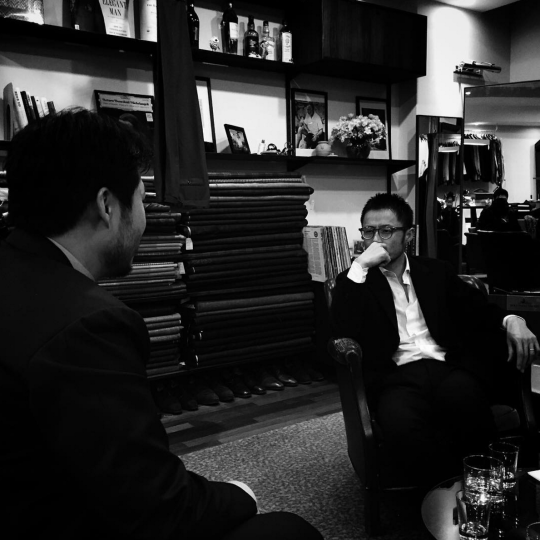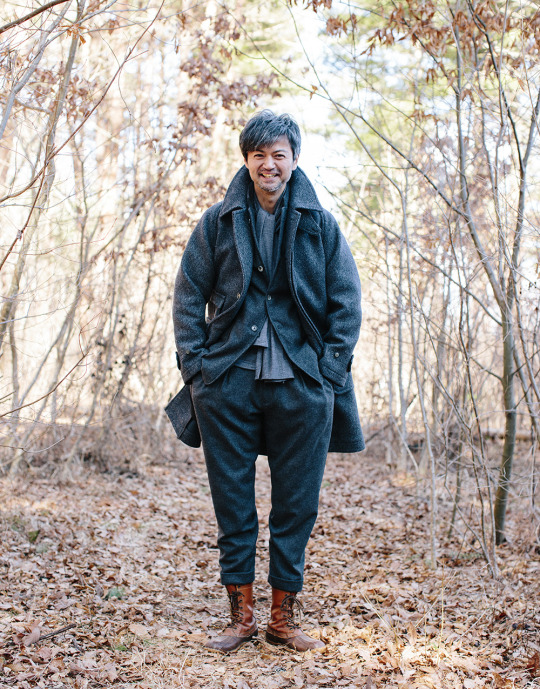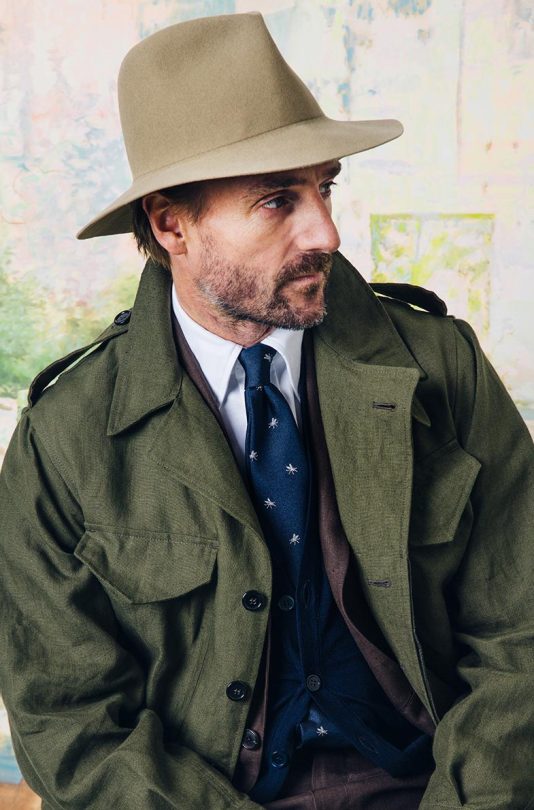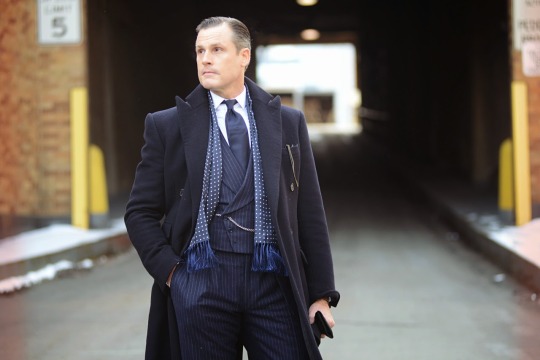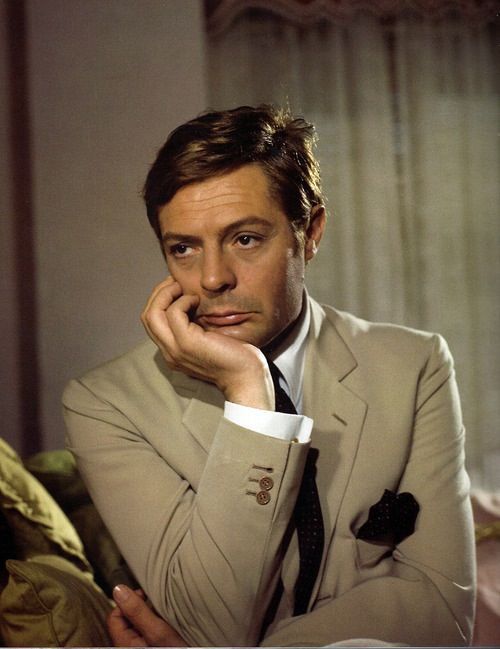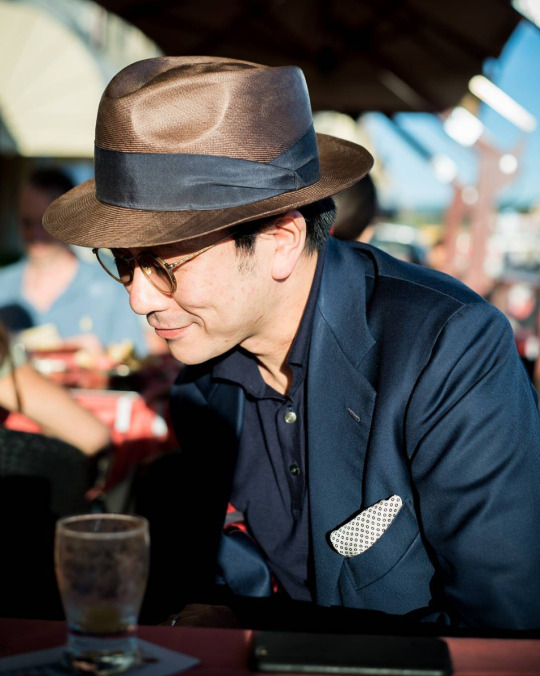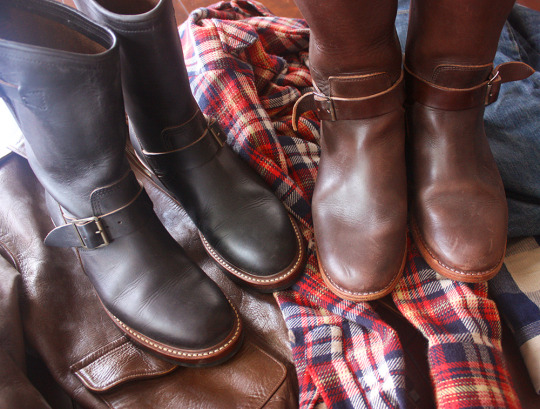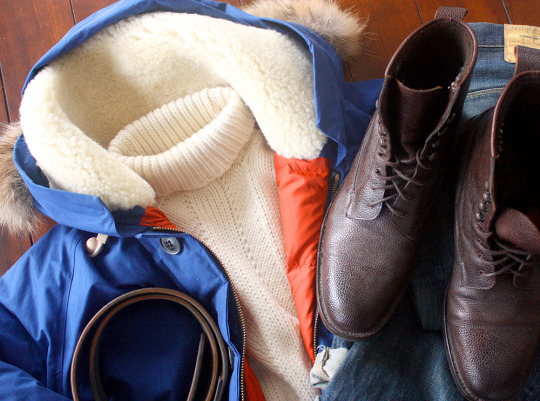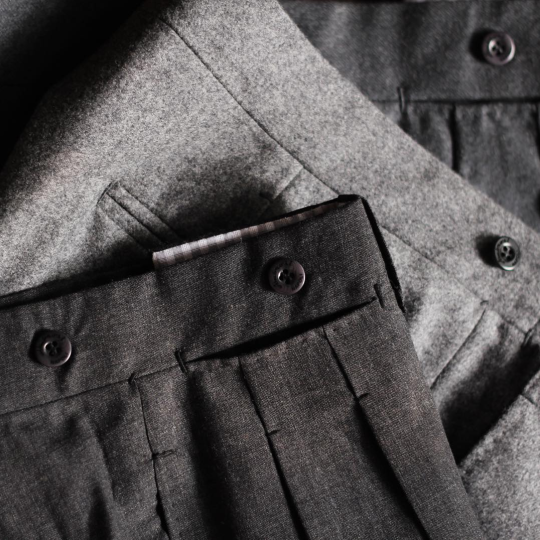
There are a lot of great menswear videos, but for my money, none beat this clip of President Lyndon B. Johnson ordering six pairs of summer trousers. It was recorded in 1964, like all White House phone calls at the time. In it, you can hear the President talking to his tailor, Joe Haggard, about how he’d like his new trousers made in very specific, anatomic detail:
“Another thing is the crotch, down where your nuts hang. It’s always a little too tight. So when you make ‘em up, give me an inch so I can let them out there – cause they cut me; it’s just like riding a wire fence. These are the best I’ve had anywhere in the United States, but when I gain a little weight, they cut me under there. You never do have much margin, but see if you can’t leave me an inch from where the zipper (burppp) ends, round back to my bunghole.”
I’ve never specified bunghole measurements to my tailor, but I have gotten pretty picky about my trousers over the years. One of the nice things about custom-made clothing is that you start from scratch. Details that you never really considered in ready-to-wear can now be fussed over. Should you get flat fronts or pleats? Belt loops or side tabs? What about Daks? When are cuffs appropriate? A lot of this is personal preference, but in case anyone found it helpful, I thought I’d lay out my own logic for these things.
Keep reading
